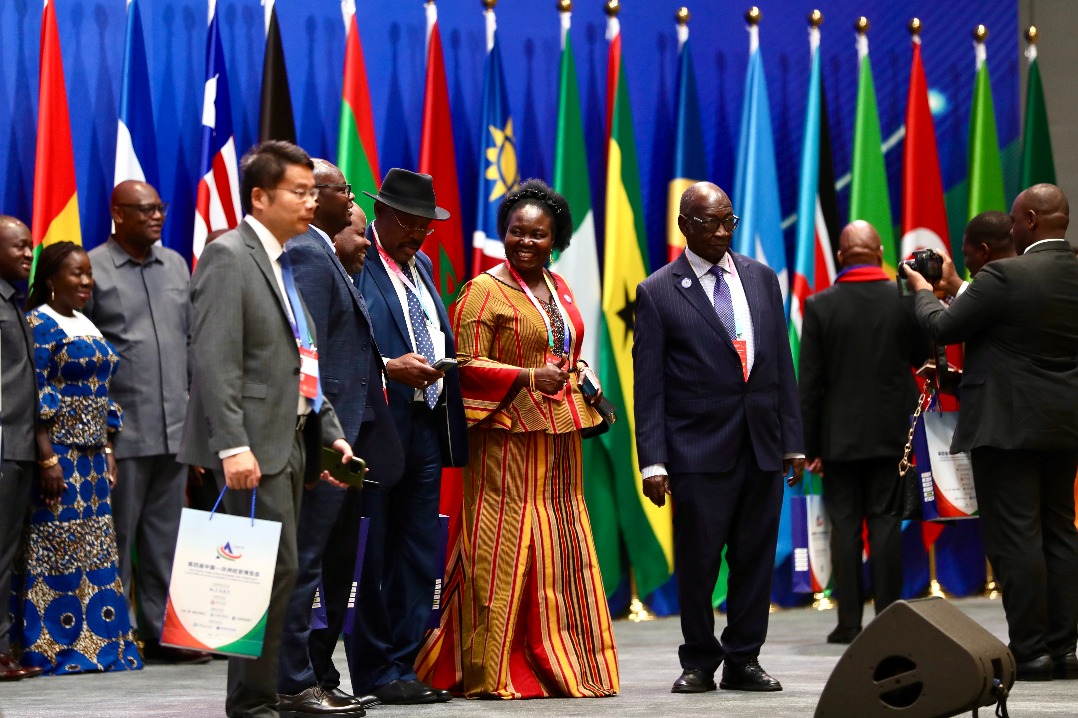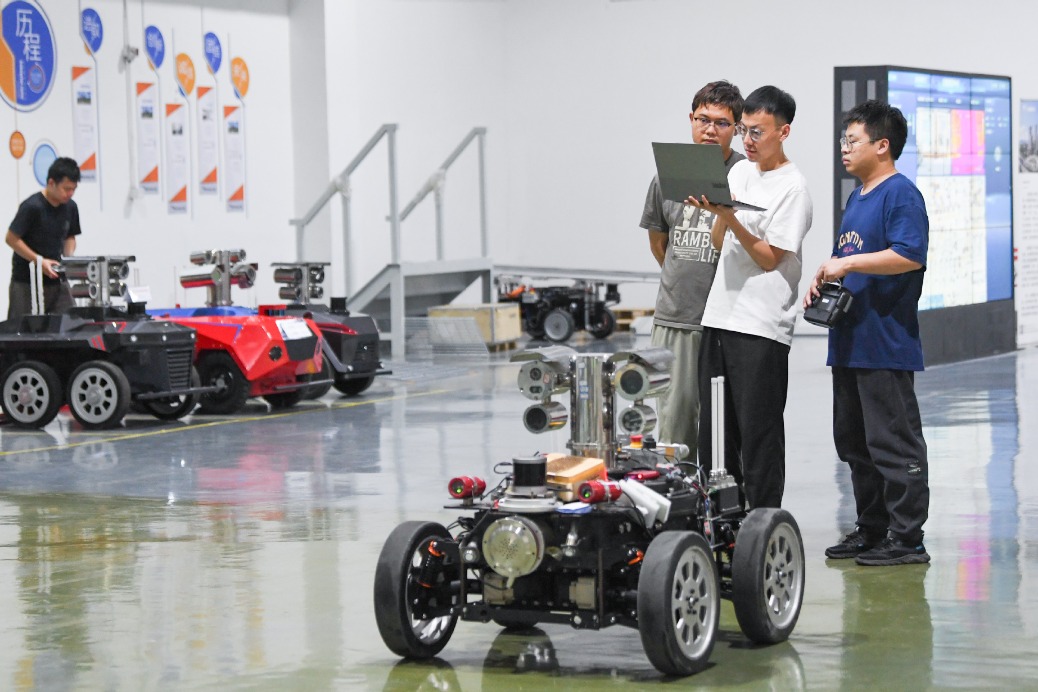Cooperation between China, region becomes increasingly important

When President Xi Jinping hosted the first China-Central Asia Summit in the ancient Chinese city of Xi'an in 2023, it marked a pivotal moment in relations between the world's second-largest economy and the Eurasian heartland.
In recent years, the strategic significance of Central Asia has surged, with five nations — Kazakhstan, Kyrgyzstan, Tajikistan, Turkmenistan and Uzbekistan — assuming an increasingly important role in Eurasia's evolving geopolitical and economic landscape.
Amid this changing landscape, China has emerged as the region's reliable partner, building a web of connectivity, security cooperation and strategic dialogue that is promoting the development of Eurasia.
Central Asia's rise to global prominence stems from both geography and resources. Straddling the routes between East Asia, the Middle East and Europe, the region is central to facilitating transcontinental trade. It is also rich in energy, minerals and untapped market potential.
It's also a vital corridor for the China-proposed Belt and Road Initiative. Central Asia has been an important partner in the initiative since its launch in 2013. New highways, railways, pipelines, logistics centers and customs corridors have been built or expanded to bridge China's western provincial-level regions with Europe, via Central Asia. The China-Europe freight train, a key symbol of the BRI, passes through cities like Almaty and Tashkent, transforming them into emerging transit hubs.
These infrastructure projects are not merely about moving goods; they are about building interdependence. With upgraded ports of entry such as Khorgos and modern rail links like the China-Kyrgyzstan-Uzbekistan railway now in development, the region is becoming a critical artery for trans-Eurasian commerce. For China, this helps reduce reliance on maritime routes and diversifies access to key markets. For Central Asia, it opens the door to global trade and investment on a scale never seen before.
Ma Bin, a researcher at Fudan University's Center for Russian and Central Asian Studies, said the rapid development of connectivity projects has become a hallmark of the mutually beneficial cooperation between China and Central Asian countries.
As a result, trade facilitation between China and Central Asia has advanced markedly, Ma said. More important, the growing web of logistics infrastructure is helping Central Asian countries overcome the geographic constraints of being landlocked at the heart of the Eurasian region, he noted.
Enhanced links with China, the European Union, the Middle East and Southeast Asia are laying a solid foundation for Central Asia's increased integration with major economic regions, the researcher said.
Trade between China and Central Asia reached a record high of $94.8 billion last year, with China's cumulative investment in the region exceeding $30 billion. China is now Central Asia's top trading partner and major investment source.
The emerging electric vehicle sector has become a highlight in China's economic and trade cooperation with Central Asian countries. In 2023, some 63,000 electric passenger vehicles rolled out of China through the Khorgos port, an astonishing year-on-year increase of 585.6 percent. Among them, 51,000 EVs were exported specifically to the five Central Asian countries, marking a 608.5 percent surge compared with the previous year. Chinese-branded EVs are rapidly gaining traction in markets across Central Asia.
Key partners
Security is another area where cooperation has increased significantly. China and the Central Asian countries share concerns about cross-border terrorism, extremism and organized crime. Joint exercises, intelligence coordination and law enforcement collaboration are now regular features of the regional landscape.
Through platforms such as the Shanghai Cooperation Organization, China has helped shape a multilateral framework for regional stability that aligns closely with its principle of noninterference while promoting shared interests in peace and order.
Education and cultural exchanges are becoming new pillars of engagement. Thousands of Central Asian students now study at Chinese universities, many on full scholarships. Academic cooperation, including Chinese language programs and vocational training, is expanding across the region.
Such efforts, though less visible than roads or pipelines, are crucial for cultivating long-term trust and mutual understanding between generations.
In a world often defined by fragmentation and rivalry, the steady strengthening of ties between China and Central Asia offers a different story — one where geography becomes a bridge rather than a barrier, and where cooperation, not competition, shapes the future.
Xinhua




































